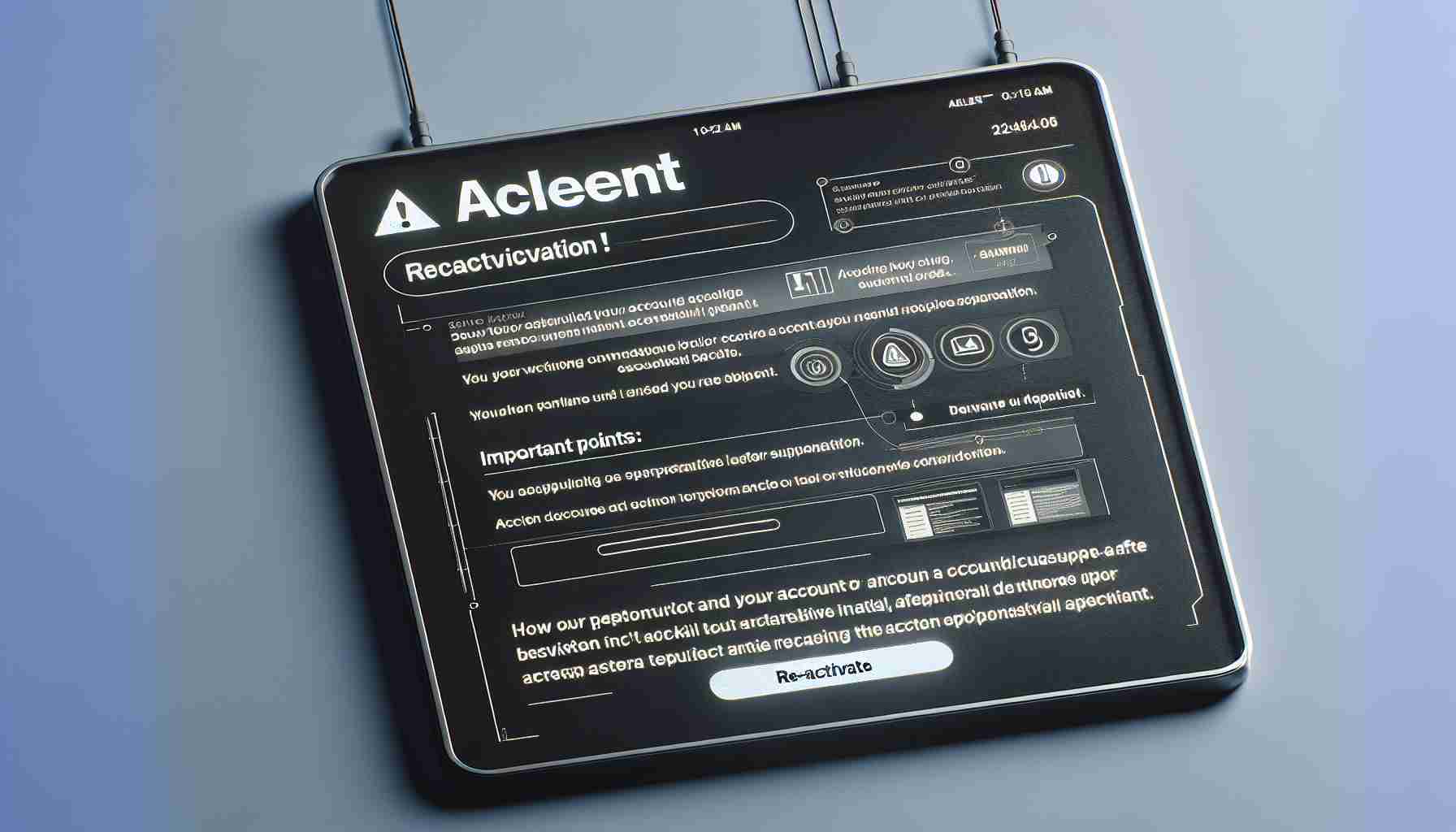Exploring the Skyways of Tomorrow
Electric flying cars are pioneering a new era in transportation, bridging the divide between automotive and aviation industries. These futuristic eVTOLs promise sustainable urban mobility solutions that combat traffic congestion and carbon emissions while offering efficient commuting options.
Revolutionizing Transportation
Imagine a world where air taxis crisscross the skies, seamlessly transporting passengers between high-rise buildings. Electric flying cars, such as those developed by companies like Volocopter and Lilium, are set to transform urban air mobility and revolutionize personal transportation, air taxi services, emergency medical responses, and cargo deliveries.
Diverse Applications and Opportunities
The potential applications of electric flying cars are vast, ranging from passenger transportation to cargo delivery and emergency medical services. Urban air mobility is poised to redefine city landscapes, offering quicker and more convenient travel options for individuals and businesses alike.
Challenges and Progress
While the promise of electric flying cars is tantalizing, regulatory hurdles and technological limitations remain significant challenges. Developing comprehensive aviation laws, improving battery capacity, ensuring safety, and addressing public perceptions are crucial steps towards the widespread adoption of these innovative vehicles.
Global Expansion and Market Dynamics
The electric flying car market is burgeoning worldwide, with North America, Europe, and Asia-Pacific leading the charge. As prototypes undergo testing and commercial deployment looms on the horizon, the future of urban air mobility is poised to soar to new heights.
The Future Challenges and Controversies of Urban Air Mobility
As the world eagerly anticipates the widespread adoption of electric flying cars, the future of urban air mobility is not without its share of important questions and potential obstacles. Let’s delve deeper into the key challenges and controversies associated with this revolutionary mode of transportation.
Key Questions:
1. How will urban air mobility impact traditional air traffic management systems?
2. What are the environmental implications of transitioning to electric flying cars?
3. How will governments regulate and oversee the integration of eVTOLs into urban airspace?
4. What safety measures need to be established to ensure passenger and public safety?
5. How will infrastructure development keep pace with the growth of urban air mobility?
Key Challenges:
– Regulatory Framework: Establishing comprehensive aviation laws and regulations to govern the operations of electric flying cars is essential for safe and efficient integration into urban airspace.
– Infrastructure: Building the necessary infrastructure, such as landing pads and charging stations, to support a growing fleet of eVTOLs poses a significant challenge for urban planners and city developers.
– Public Acceptance: Overcoming public skepticism and addressing concerns regarding noise pollution, safety, and privacy will be crucial for the successful adoption of electric flying cars.
Advantages and Disadvantages:
Electric flying cars offer numerous advantages, including reduced carbon emissions, faster commute times, and greater flexibility in urban transportation. On the other hand, challenges such as limited battery capacity, high initial costs, and the need for extensive regulatory frameworks pose significant disadvantages to widespread adoption.
As urban air mobility continues to evolve, addressing these challenges and controversies will be critical in shaping the future of transportation in cities around the world.
Explore more about the future of urban air mobility at Airbus and Boeing.
























